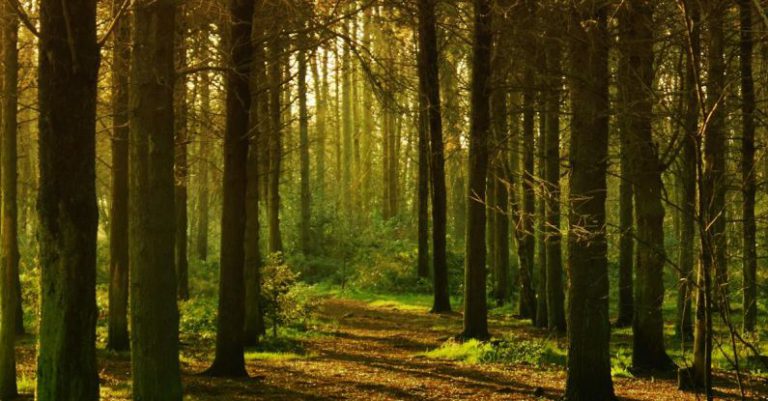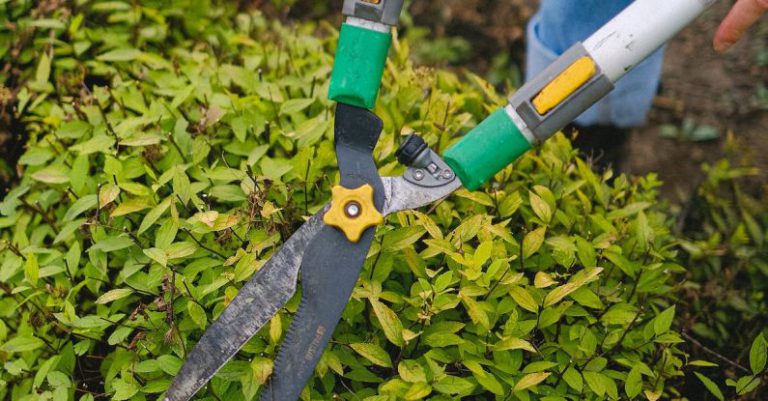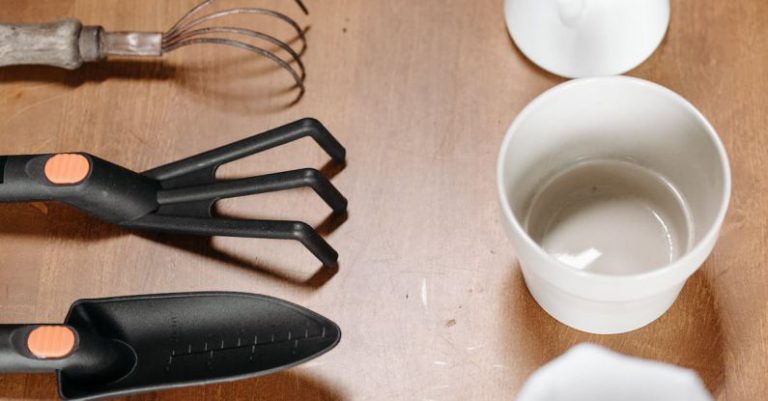When Should You Prune Your Trees and Shrubs?
Pruning is an essential aspect of maintaining the health and aesthetics of your trees and shrubs. However, knowing when to prune can be just as important as knowing how to prune. Different plants have different growth patterns, and understanding these patterns can help you determine the best time to prune. In this article, we will explore when you should prune your trees and shrubs to ensure optimal growth and beauty.
Deciduous Trees and Shrubs
Deciduous trees and shrubs are those that lose their leaves in the fall. Pruning these plants during their dormant season, which is typically in late winter or early spring, is generally recommended. This is because pruning during dormancy promotes vigorous growth in the upcoming spring. It also allows you to see the plant’s structure more clearly, making it easier to identify and remove any dead, damaged, or diseased branches.
Spring-Flowering Trees and Shrubs
Spring-flowering trees and shrubs, such as magnolias, lilacs, and forsythias, bloom on old wood. Therefore, they should be pruned immediately after they finish blooming. Pruning these plants in late winter or early spring would remove the flower buds and prevent them from blooming. By waiting until after the flowers have faded, you can enjoy the full beauty of their blooms while ensuring the plant has enough time to set new buds for the following year.
Summer-Flowering Trees and Shrubs
Unlike their spring-flowering counterparts, summer-flowering trees and shrubs, like hydrangeas and butterfly bushes, bloom on new wood. This means they can be pruned in late winter or early spring before new growth begins. Pruning at this time helps remove any dead or damaged branches from the previous year while stimulating new growth and promoting a more compact and vigorous plant.
Evergreen Trees and Shrubs
Evergreen trees and shrubs, which retain their foliage throughout the year, require a slightly different approach to pruning. The best time to prune these plants is in late winter or early spring before new growth starts. This timing allows the plant to recover from pruning and develop new growth before the stress of summer heat or winter cold. However, light pruning can also be done in early summer to shape the plant or remove any unwanted branches.
Fruit Trees
Pruning fruit trees is crucial for maintaining their health and maximizing fruit production. The ideal time for pruning fruit trees varies depending on the type of fruit tree and your climate. However, it is generally recommended to prune in late winter or early spring before the tree breaks dormancy. This timing allows the tree to focus its energy on healing the pruning wounds and developing new growth. Pruning during this period also helps control the tree’s size and shape, making it easier to manage and harvest the fruit.
Conclusion
Pruning your trees and shrubs at the right time is crucial for their overall health and appearance. By understanding the growth patterns and blooming habits of different plants, you can determine the best time to prune. Whether it’s in late winter or early spring for deciduous trees, after blooming for spring-flowering plants, or before new growth for summer-flowering varieties, timing is key. By following these guidelines, you can ensure that your trees and shrubs thrive and enhance the beauty of your landscape.






